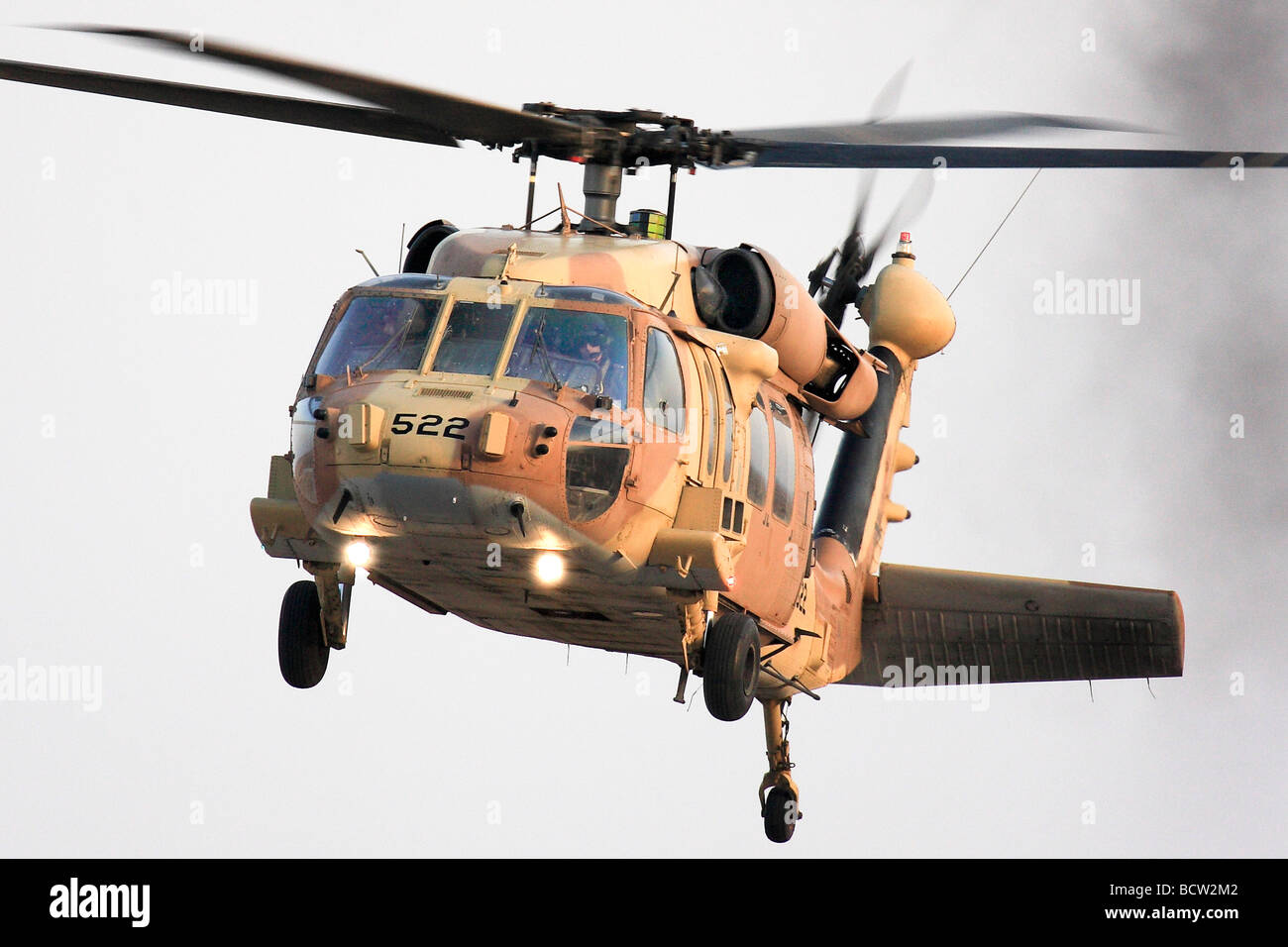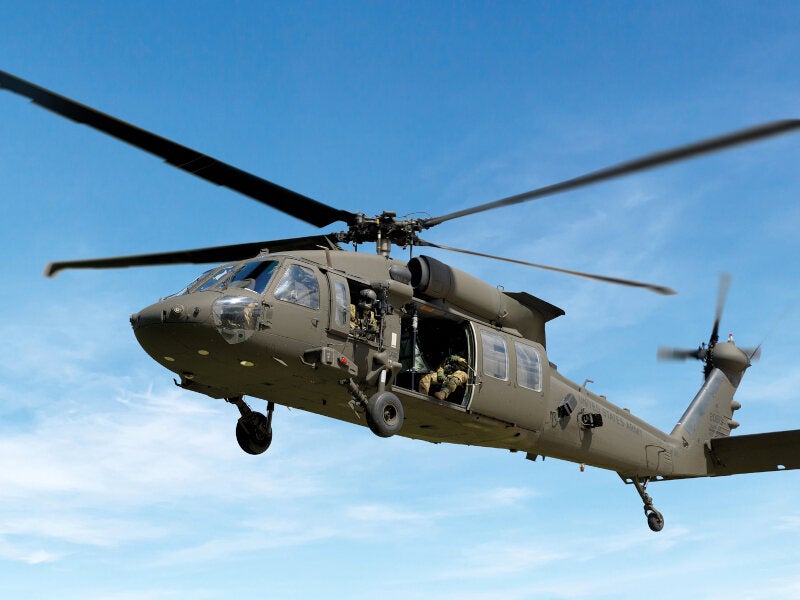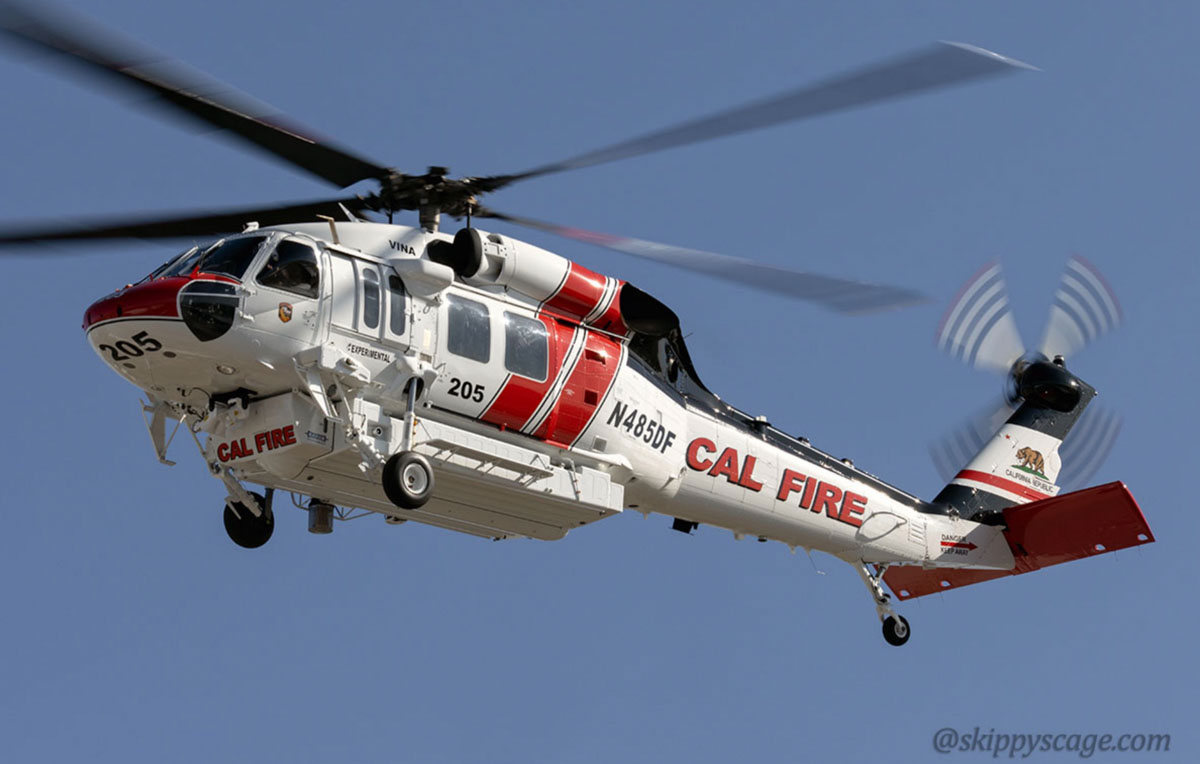High-Performance Multi-Role Rotorcraft Featuring Advanced Cabin Technologies and Integrated Sensing Unit Systems
The realm of rotorcraft modern technology has actually seen significant advancements in current times, especially in the world of high-performance multi-role rotorcraft furnished with innovative cockpit technologies and perfectly incorporated sensing unit systems. In the complying with conversation, we will explore the evolution of rotorcraft technology, dive right into the realm of advanced cabin technologies, and check out the ramifications of integrated sensing unit systems on the functional adaptability and performance of modern-day rotorcraft.
Advancement of Rotorcraft Innovation
The advancement of rotorcraft innovation has actually been noted by considerable advancements in the rules of aerodynamics, products, and propulsion systems, shaping the capabilities and efficiency of modern-day rotorcraft. Additionally, improvements in propulsion systems, consisting of much more effective engines and cutting-edge propulsion technologies, have enabled rotorcraft to achieve greater elevations, faster rates, and higher payloads.
These advancements have not only changed the capacities of rotorcraft but have actually also increased their applications throughout numerous sectors, including army, industrial, and emergency services. The continuous advancement of rotorcraft technology proceeds to drive technology in the area, pressing the boundaries of what is possible and shaping the future of vertical trip.
Advanced Cabin Innovations
Structure upon the foundational developments in the rules of aerodynamics, materials, and propulsion systems, the world of rotorcraft modern technology now moves emphasis in the direction of pioneering Advanced Cabin Innovations. The integration of innovative modern technologies within the cockpit environment plays a critical function in improving the functional abilities, safety, and efficiency of modern rotorcraft. sikorsky s 70. Advanced Cabin Innovations include a large variety of features created to supply pilots with boosted situational recognition, streamlined information administration, and user-friendly control interfaces
One of the essential developments in cockpit layout is the execution of glass cabins, which replace conventional analog assesses with high-resolution displays. These digital systems supply personalized layouts, real-time data integration, and improved readability, allowing pilots to access crucial details at a glance. Additionally, progressed avionics systems, such as fly-by-wire controls and enhanced fact screens, are revolutionizing how pilots connect with the aircraft, enabling accurate control and improved decision-making capacities.


Integrating advanced cabin innovations not only enhances pilot performance but also adds to overall goal performance and security in intricate operational settings. By leveraging modern technologies within the cabin, rotorcraft suppliers are setting brand-new standards for functional quality and objective success.
Integrated Sensing Unit Equipments
With the evolution of rotorcraft modern technology, the assimilation of innovative Integrated Sensor Equipment has become vital in boosting functional performance and security. These Integrated Sensing unit Solutions incorporate a large selection of innovations that provide essential information for numerous functions such as navigation, monitoring, targeting, and environmental tracking. By effortlessly integrating sensing units like radars, cameras, lidar, and infrared systems right into rotorcraft, operators can take advantage of boosted situational understanding, improved goal capabilities, and decreased pilot workload.
One key benefit of Integrated Sensor Systems is their ability to gather real-time data and offer workable insights to pilots and mission operators. For instance, advanced radar systems can discover and track targets over fars away, permitting very early danger detection and reliable feedback preparation. In addition, incorporating infrared and electro-optical cams makes it possible for rotorcraft to carry out reconnaissance and monitoring missions with precision and precision.
Essentially, the assimilation of sophisticated sensing unit technologies right into rotorcraft not only improves Your Domain Name operational efficiency however also contributes considerably to total mission success and staff safety. As rotorcraft remain to evolve, the role of Integrated Sensor Systems will most certainly continue to be at the leading edge of technology in the aerospace sector.
Operational Flexibility and Performance
Enhancing functional convenience and effectiveness in rotorcraft is a natural development from the assimilation of innovative Integrated Sensor Systems. By leveraging the insights and data given by these innovative sensing unit systems, rotorcraft can optimize their efficiency across various goals and atmospheres.
Functional flexibility includes the capability of rotorcraft to adapt to various functions and circumstances effectively. With sophisticated cabin modern technologies and integrated sensor systems, rotorcraft can seamlessly change between jobs such as search and rescue, clinical discharge, monitoring, and more. This adaptability boosts the rotorcraft's capacity to satisfy varied operational needs without requiring considerable reconfiguration.
Effectiveness in rotorcraft procedures is vital for maximizing goal performance and resource usage. Integrated sensing unit systems play a critical function in boosting operational performance by offering real-time information on weather, surface mapping, target monitoring, and much more. This data allows pilots to make informed decisions promptly, maximize flight courses, preserve gas, and enhance general goal productivity.
Influence On Modern Air Travel Procedures

Moreover, the combination of innovative sensing units promotes enhanced mission planning and execution, enabling rotorcraft to execute a large array of tasks with enhanced accuracy. From search and rescue operations to airborne firefighting and law enforcement objectives, the abilities of modern rotorcraft furnished with advanced cockpit modern technologies and incorporated sensor systems are unparalleled.
Furthermore, the influence of these improvements extends past functional efficiency to cost-effectiveness and sustainability. By enhancing flight courses, gas consumption, and maintenance timetables, high-performance rotorcraft furnished with innovative cockpit technologies and sensing units contribute to minimizing functional prices and environmental effect, making them important properties in modern aviation operations.
Verdict
In final thought, the high-performance multi-role rotorcraft with sophisticated cabin modern technologies and incorporated sensor systems stands for a significant development in air travel modern technology. These developments boost functional convenience and efficiency, inevitably influencing modern-day aeronautics operations in a positive way. The integration of these advanced technologies enables for boosted capacities and efficiency in numerous goal scenarios, showcasing the continued development of rotorcraft innovation in the air travel sector.
The world of rotorcraft innovation has seen notable advancements in recent times, specifically in the world of high-performance multi-role rotorcraft outfitted with sophisticated cabin modern technologies and flawlessly incorporated sensing unit systems. From boosted goal adaptability to enhanced operational efficiency, the convergence of innovative cabin innovations and integrated sensing unit systems has actually ushered in a brand-new age of possibilities for rotorcraft applications. In the complying with discussion, we will discover the development of rotorcraft technology, dive right into the realm of advanced cabin developments, and analyze the implications of integrated sensing unit systems on the operational flexibility and effectiveness of modern rotorcraft.
